"At ease" in a general sense means feeling comfortable and relaxed, free from worry or embarrassment; in the military it is used to let soldiers know to relax their posture while maintaining a certain degree of order.
This is exactly the mood we aim to bring to medical clinics - relaxed spaces with functional order.
It’s not about Home - It’s about Good Design
There are documented links between good design and positive patient outcomes and clinic design going forward isn’t just about creating a homely environment.
It’s about curating a whole space, designed with a specific intention. That intention is that the patient will be well looked after from the moment they arrive, that the interactions they have will be warm and attentive and the care they receive, the best quality and at the highest level. This is what puts people at ease.
While warm colour palettes, textural finishes, comfortable furniture and warm lighting go a long way to help minimise the obvious clinical aspects that can often trigger feelings of fear and anxiety in the first instance, it is through the thoughtful planning and detailed design that informs the patients movement through the space that creates a positive patient experience that is calm and seamless.

Curating an Experience
This means designing for the whole experience, not just the aesthetic one.
The flow of the patient through the space, from arrival to waiting, from consult and payment, through to treatment and recovery, needs to be a seamless transition. Any disjoint may trigger an element of unease, so the understanding of workflow is crucial to designing for a positive patient outcome.
The delicate nature of medical care facilities and the varied interactions between patient and staff require discretion.
There is often a need for dedicated spaces for more sensitive conversations around finance and payments where patients can discuss comfortably away from the earshot of others.
Planning for secondary recovery spaces away from the busy general spaces also makes for a more thoughtful experience.
The staff of the clinic are responsible for guiding the patient methodically from one area to the next, so the needs of the staff are also carefully catered to for a wholistic experience also.
Ultimately, people will seek out the better experience and keep coming back to it if it exceeds expectation.

Warm is the New White
While white has a strong association with cleanliness, in conjunction with bright lighting, it also has the effect of creating visual sterility that can impart a sense of fear and dread in a patient, especially if they have had a prior challenging medical experience in a space like this.
A wider range of materials, textures and colours that still maintain the properties required for infection control and levels of sterility within a clinical environment are becoming more prominent and available and without being cost prohibitive.
White finishes so commonly used are now moving to a warmer, earthier feel with timber look and soft coloured vinyls, compact laminate surfaces available in a widening range of colour, anti-microbial wall coverings and fabrics and steri-guard paint finishes are helping to move away from the clinical white box.

Perceived Wellness
Natural light and biophilic representation is well documented for the subconscious uplifting effect of how we perceive the quality of an environment and how in turn that makes us feel. The addition of plants and good planning that focusses on continuing the lines of sight beyond the physical boundaries while maximising areas of natural light within client focused spaces, can have a profound effect on how the patient perceives their experience.
Summing Up
While the core clinical functions of a medical facility will always drive design, we aspire to create medical spaces that are intentionally designed to create a distraction from the conventions of the clinic in order to help patients feel at ease in what can often be perceived as a daunting space.
Find out more about our approach to design and fitout for medical and healthcare spaces - view our Medical Fitout page and download our 20 page guide here >

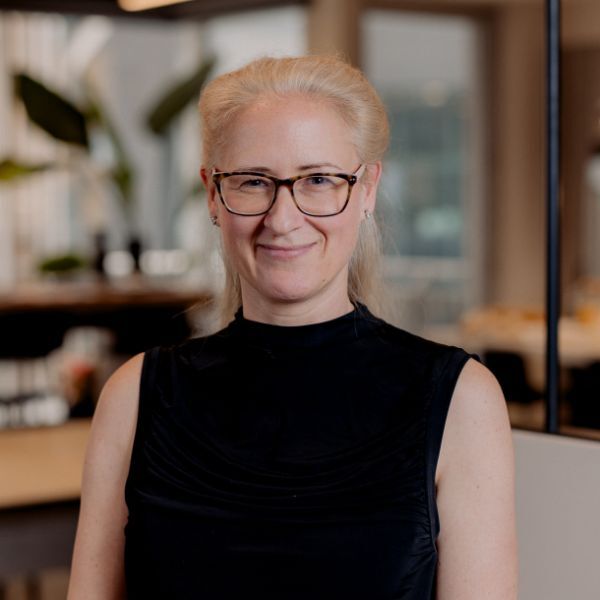
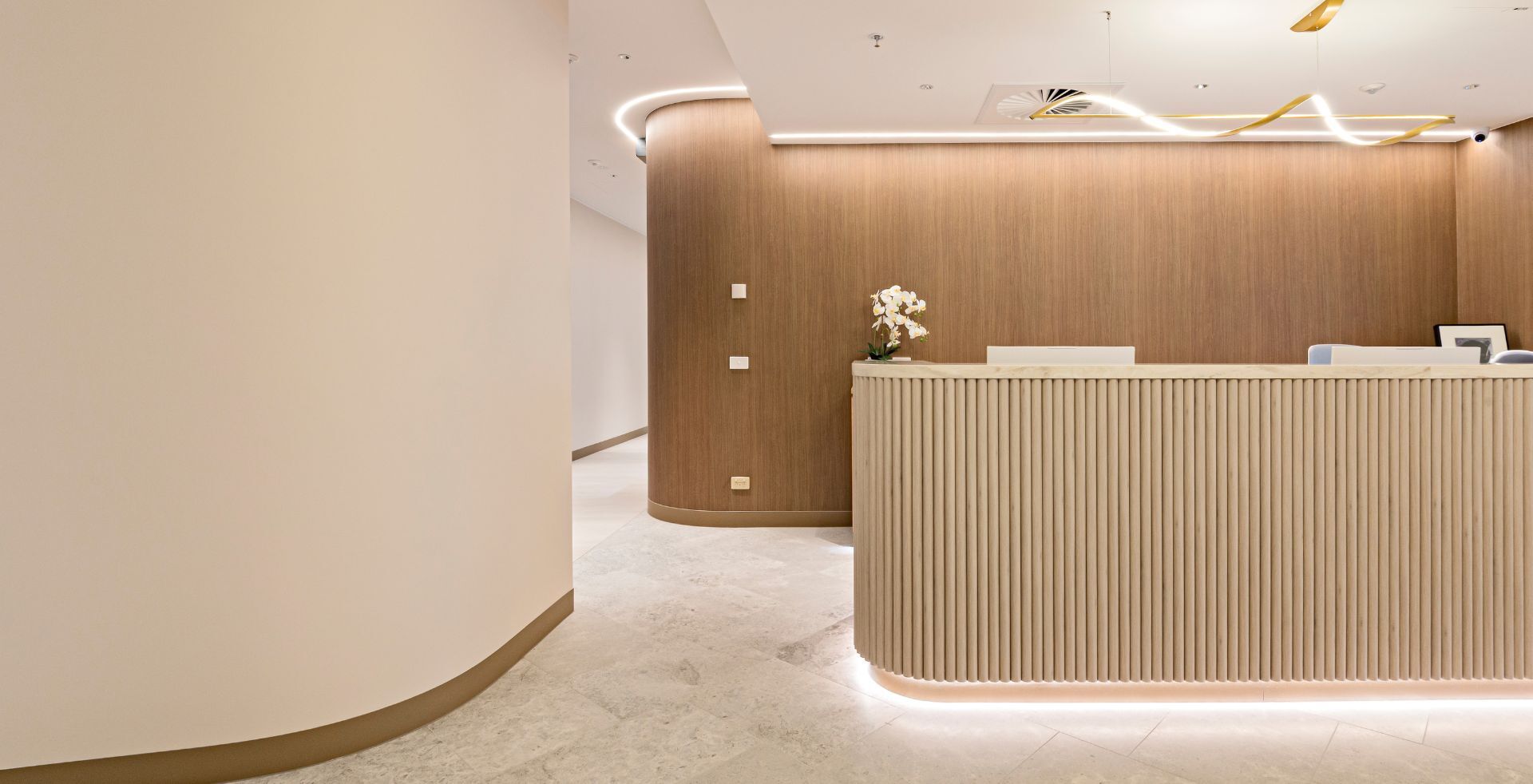
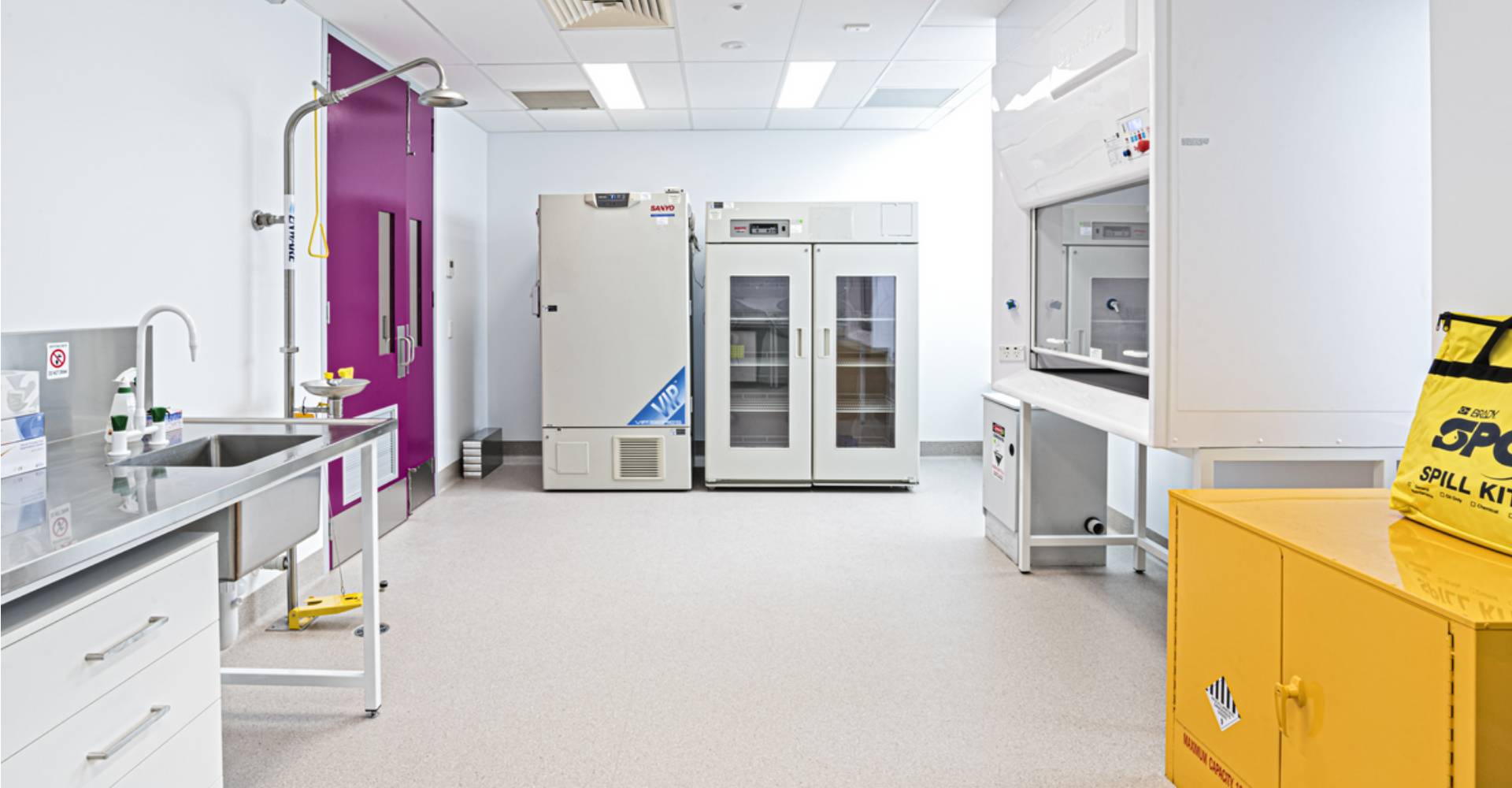
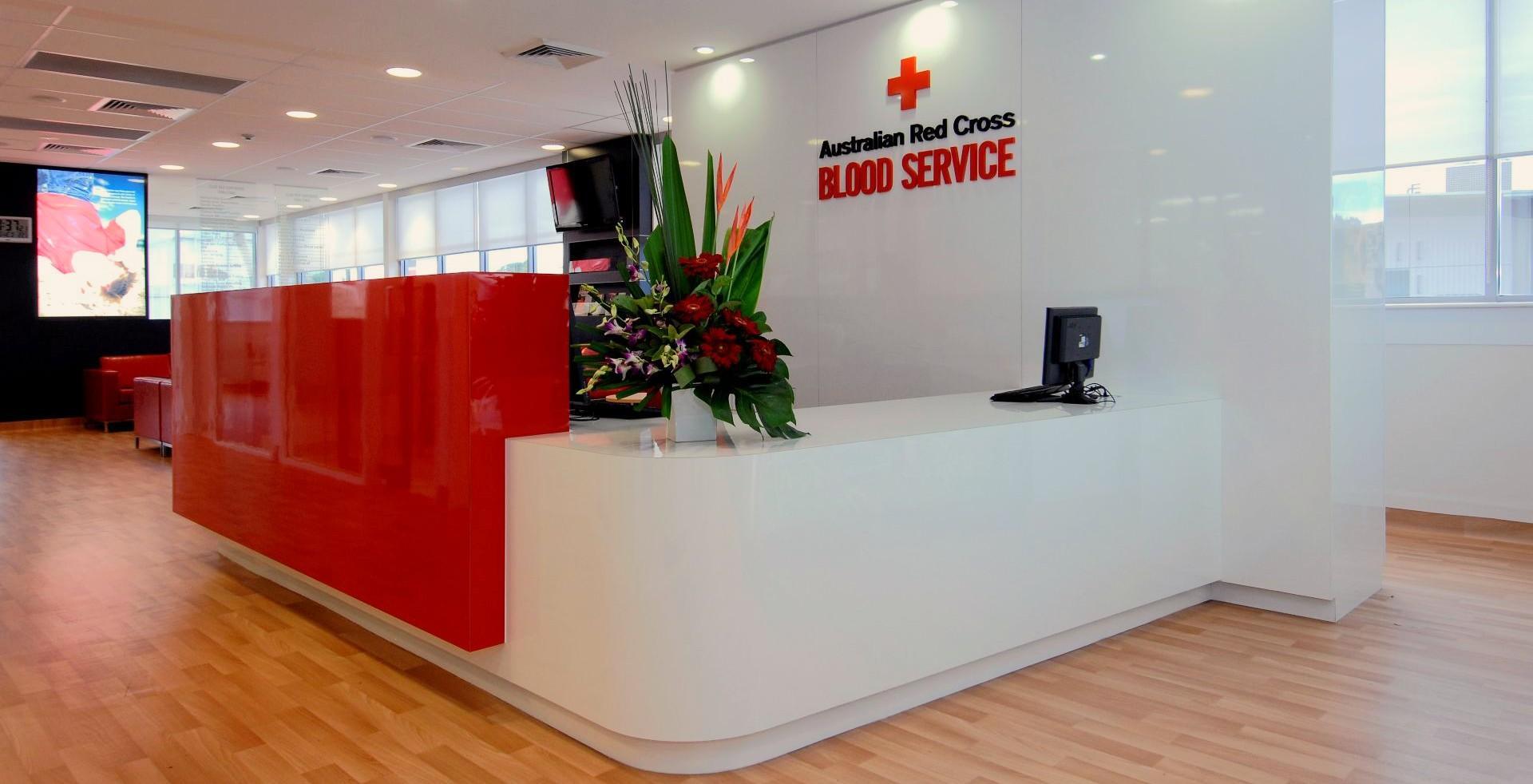
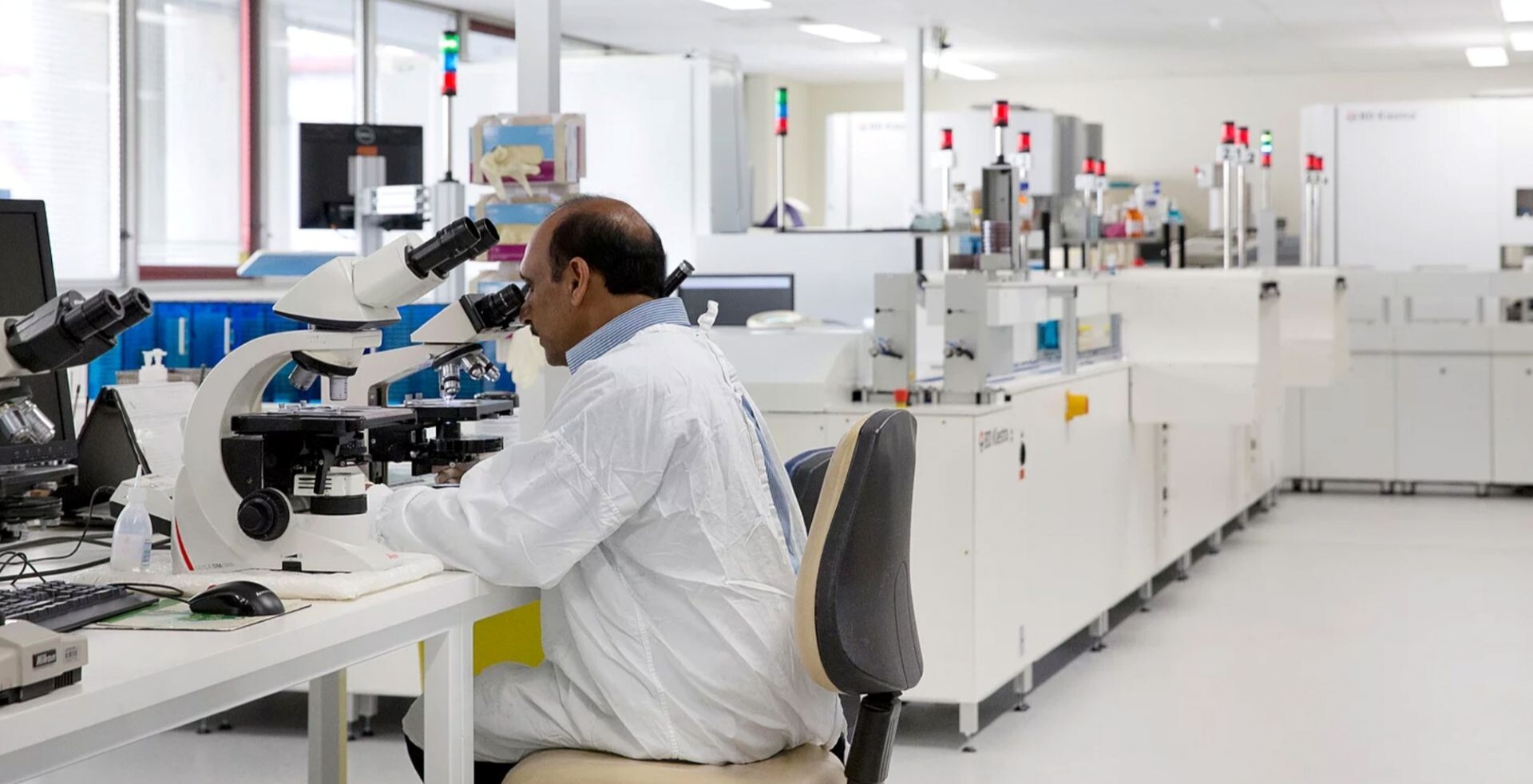
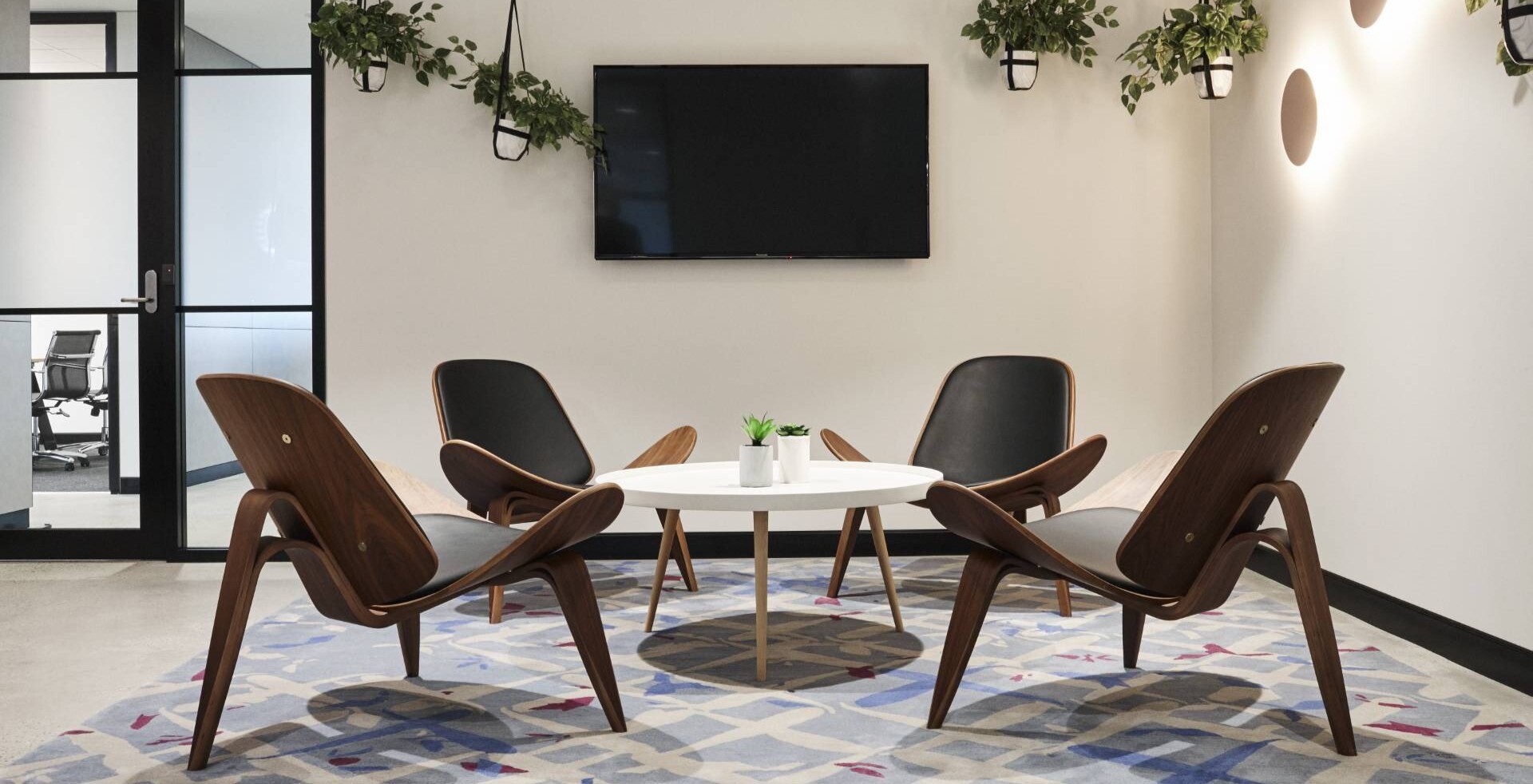
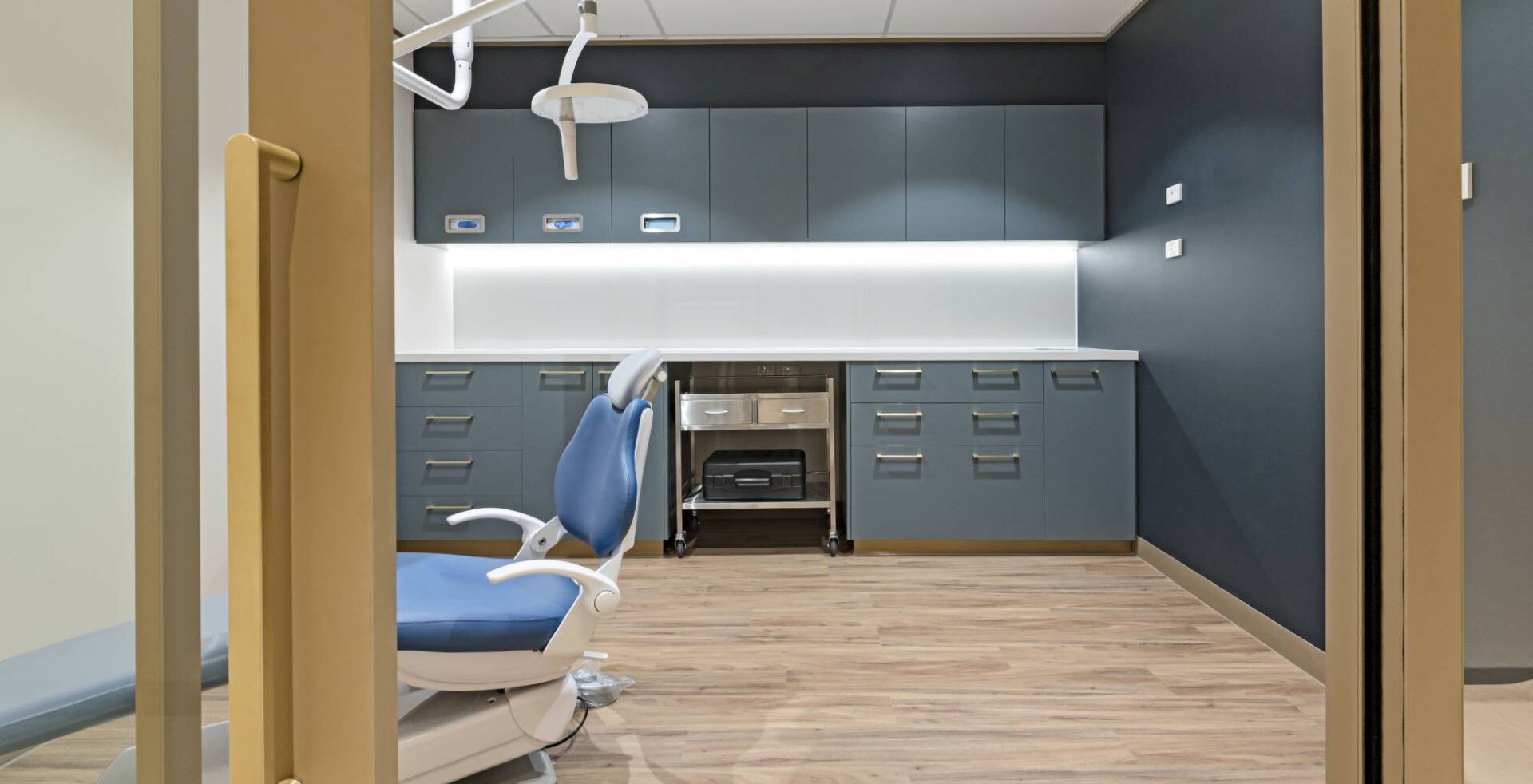
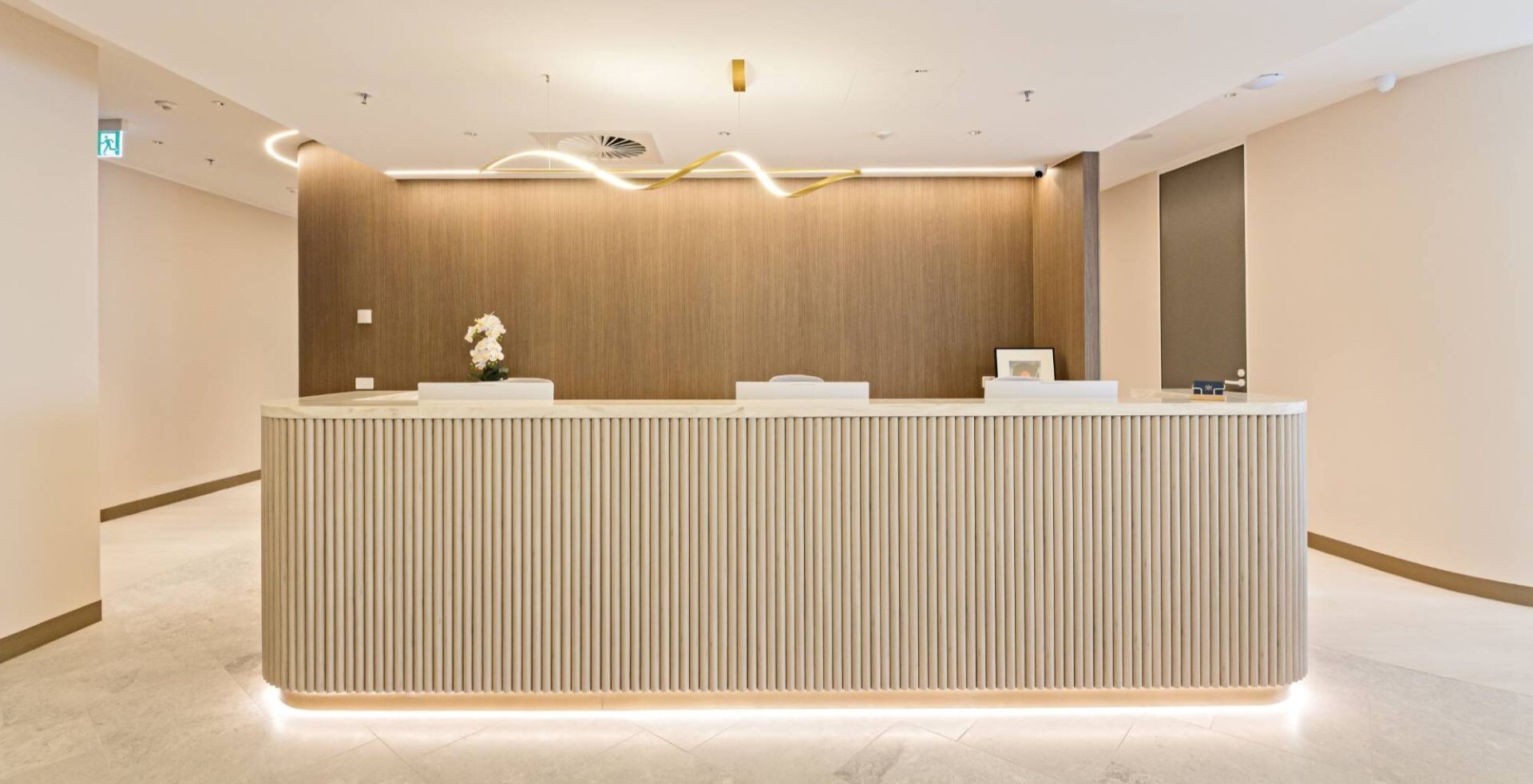
/Sectors/Office/contact-amicus.jpg)